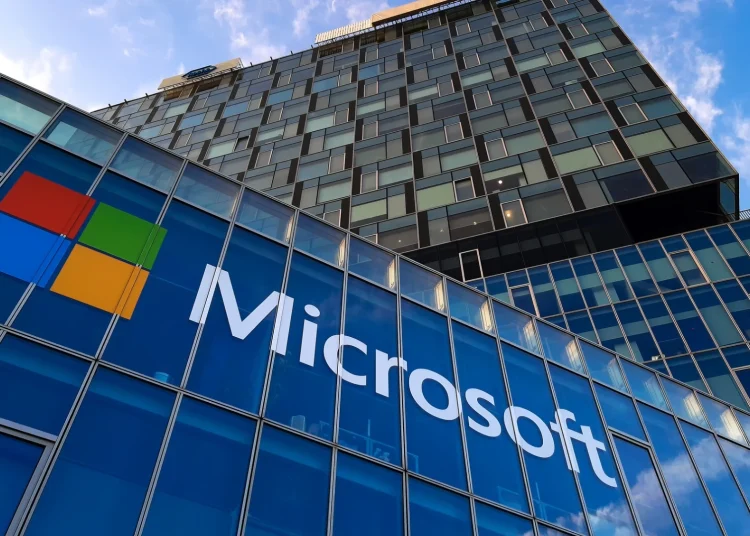Microsoft has pulled the trigger on another massive workforce reduction, cutting approximately 9,100 employees (roughly 4 percent of its total staff) in what marks the company’s third major layoffs this year.
The gaming division, Microsoft Gaming, is bearing the brunt of these cuts, with several high-profile casualties that will change the company’s entertainment landscape.
These layoffs are Microsoft’s largest workforce reduction since the company eliminated 10,000 positions in 2023.
Coming just two months after the tech giant cut 6,000 jobs in May, followed by another 305 reductions in June, this latest round shows the company’s aggressive restructuring efforts despite posting robust financial results.
Gaming Studios Facing the Axe
Xbox chief Phil Spencer delivered the sad news to his teams, explaining that the cuts were necessary to position the gaming division for long-term success and strategic growth.
The carnage includes significant layoffs across multiple gaming properties that Microsoft has acquired over recent years.
The King division, responsible for the wildly popular Candy Crush franchise, is shedding about 200 employees (approximately 10 percent of its workforce).
Meanwhile, Turn 10, the studio behind the acclaimed Forza Motorsport series, is losing more than 70 staff members.
The surprising one, though, is the complete closure of The Initiative, the studio that was developing the much-awaited Perfect Dark reboot, which has now been cancelled entirely alongside the mysterious Everwild project.
ZeniMax, the parent company of renowned studios like Bethesda Game Studios and id Software, has also confirmed job losses, though specific numbers remain undisclosed.
Tech Layoffs All Around
Microsoft’s workforce reductions aren’t happening in isolation. The company has been on a cutting spree throughout 2024, starting with 1,900 Activision Blizzard and Xbox employees in January, followed by multiple game studio closures and additional job losses in May.
The HoloLens and Azure cloud teams lost 1,000 positions in June, and September saw another 650 Xbox employees shown the door as part of ongoing restructuring related to the Activision Blizzard acquisition.
Read: Google Cuts Hundreds of Jobs in Latest Round of Layoffs
Ironically, Microsoft continues to generate massive quarterly profits, with its most recent earnings report showing unexpected strength that pushed the company’s market valuation to nearly $3.7 trillion.
The gaming division itself is performing exceptionally well, with more players, games, and gaming hours than ever before recorded.
AI, the Job Killer?
Behind the scenes, AI is playing an increasingly major role in Microsoft’s workforce decisions.
The company’s AI development tools, specifically GitHub Copilot, now serve more than 15 million users and have become remarkably effective at automating coding tasks. CEO Satya Nadella revealed that AI now generates 20 to 30 percent of Microsoft’s code.
To be fair, this trend isn’t unique to Microsoft. Amazon’s Andy Jassy has openly stated his expectation that AI will help reduce the company’s corporate workforce in coming years as efficiency gains from AI implementation scale across operations.
As companies desperately compete for top AI researchers (Meta is reportedly offering packages worth up to $100 million for elite talent), rank-and-file tech workers are now facing an increasingly uncertain job market.
Even Management Is Not Safe
Microsoft has also been actively reducing management layers, with finance chief Amy Hood stressing the goal of increasing agility by having fewer managers oversee more people.
This flattening of corporate hierarchy is a significant shift in how Microsoft operates, as it seems to be moving away from traditional bureaucratic structures toward more nimble decision-making processes.
Spencer’s internal message to gaming employees pointed out that the cuts weren’t a reflection of individual talent or creativity but rather tough strategic decisions necessary for future success.
The company is providing severance packages, healthcare coverage, and job placement resources to employees affected by the layoffs, with priority consideration for open positions elsewhere within Microsoft Gaming.
Microsoft’s gaming strategy appears to be consolidating around its strongest assets while abandoning projects that don’t align with its vision for the future.
They are betting heavily on its platform, hardware, and game roadmap, which executives describe as stronger than ever before.
Historically, however, this focused approach has been known to come at the cost of diversity in gaming experiences and the creative risks that often lead to breakthrough entertainment.
The case for whether these workforce reductions translate to better games and experiences for players remains to be seen, but the immediate impact on the thousands of talented individuals losing their jobs will be felt in the economy for years to come.





























